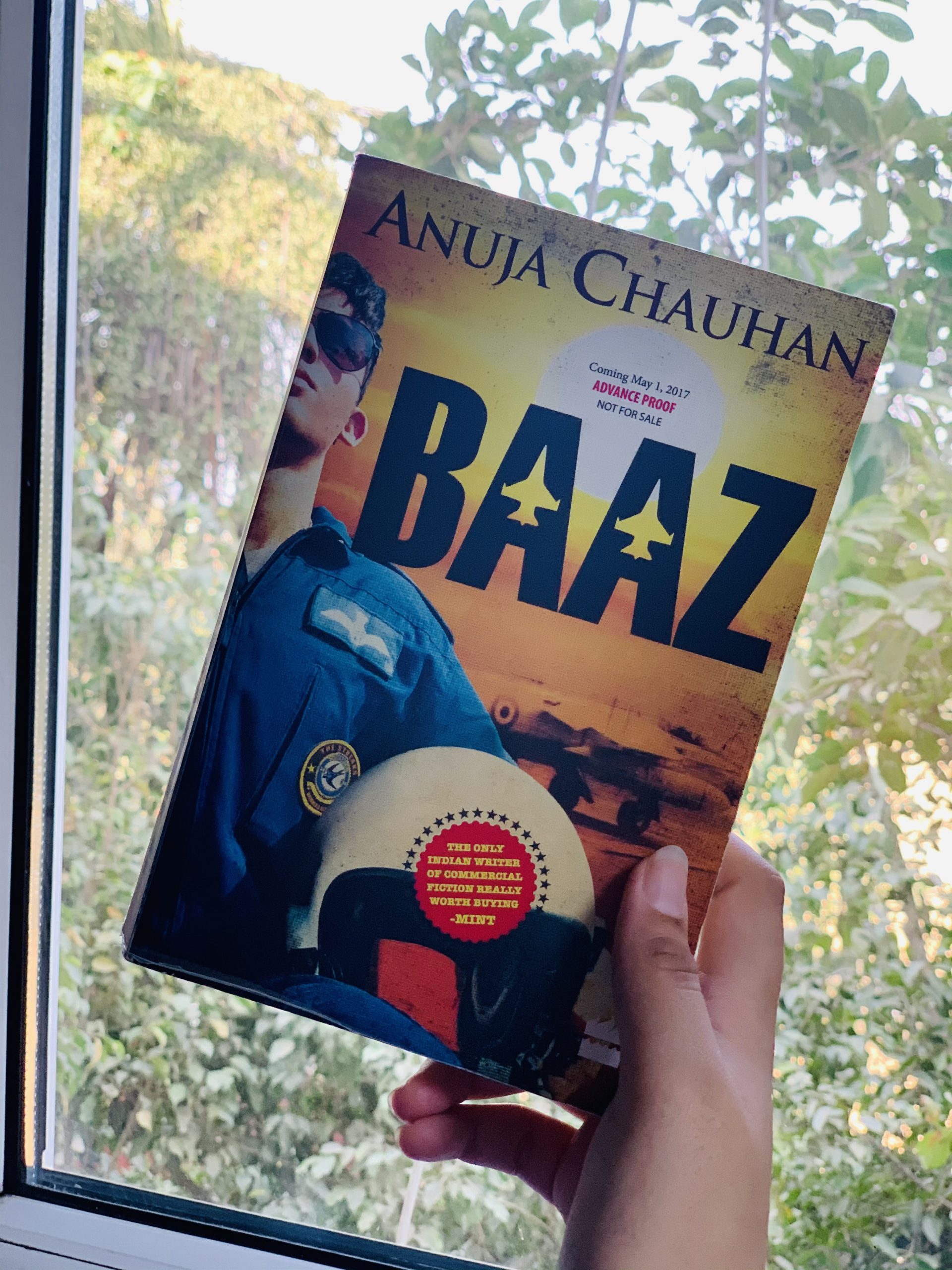- By The Zoya Project
- April 5, 2017
- 0 comments
The subcontinent is a myriad of colors and faith. We are told to accept those people who have different skin colors, who believe in different Gods, who have different castes, who choose to love boys or girls irrespective of their own gender or decide to choose their own gender. This is the India we look for in the narrow streets and the market places. This is the India we look to build.
And with this outlook, we see a mob of 600-700 people beating a group of five Nigerian college boys with steel dustbins, chairs and sticks in Noida. The reason is simply that the mob presumed these young boys allegedly dealt drugs to a class 12 boy, Manish Khari, who lived in their community, which led to his death. The police later confirmed that there was no evidence against the boys. So why then did the mob choose to attack the students during their candlelit march?
Precious Amalcima, a victim to this brutal act says that he has been hit by a motorcycle and called a number of names while has lived in India, including hapshi, Bandar, black money, etc.
The people of the community believe the Nigerians to be drug dealers. They have no concrete proof, other than that of a slightly darker color that tints the flesh of these boys. And while this in itself is an imperative fact, it would also be essential to understand that the deceased Manish Khari had bought the drugs of his own accord and will, irrespective of whether a Nigerian sold it to him or a fairer Indian chaprasi standing at the gate of his colony. His death was brought about by his choices and his overdose
This entire episode within our nation narrates the clear racial discrimination these boys face. ‘If things get out of hand, I will leave – and never come back.’ says one. This is the impression foreign students in our country have of us. The way that we as Indians have treated these students is nothing less that apartheid. We have judged them to be criminals because of the color of their skin, their accents, the difference between the way they look and the neighboring woman who wears a sari and a bindi, speaks perfect hindi looks. For she could never have sold drugs. Why? Because she is fairer, she is Indian, she speaks the languages of the masses. The conclusions we have drawn and the assumption we have made about these students based on their nationality and race is simply put – unfair.
And as Indians, we of all people, should know how it feels to be treated like dirt in a foreign country. We are told we are nothing but immigrants, out to steal job opportunities of the Americans and the Europeans. We are told we are unwanted, and yet in a nation where diversity flowers in every nook and corner, we treat our foreigners the same.
On the other end are those solicitously tolerant. They look at building a diverse India, and though they are hampered by these acts of brutal racism, they stand strong in their aim to prevail and create a safer environment. A recent initiative of Ms. Sehba Imam a notable activist – Come Out To Show We Care, shows us that while India has a long way to go, there are people picking up the slack to make a difference. Ms. Imam works for a variety of causes especially those relating to women’s issues. The event she organized is based on learning how to battle this kind of blatant discrimination as well as how to take steps to cement the tinier cracks in the bridge that we try to build towards tolerance.
There is hope still. As India regresses into these corners of darkness, there are still people willing to drag her back forward into the sunlight that discerns between no one and falls on skin, no matter what the color. We wonder now will we let Apartheid flourish again, or will we try our best to stamp it out and work towards that elusive ‘unity in diversity’ for our nation?
Attached below is the interview I had a chance to conduct with Ms. Sehba Imam
Q. Mahatma Gandhi’s ideologies of non-violence and equality are what led to the independence of our country, yet such discriminative views remain. What do you think could be the reason for the birth of such outlooks in urban parts of modern day India?
SI: Discrimination is not a recent phenomenon. It has its roots in slavery, colonialism, feudalism and cast divisions. But what we need to remember is that every time people have risen above their own biases, great things have been achieved. When Gandhi united India as one and made us rise above cast and class inequalities – we became a force to reckon with. We overthrew a mighty colonial power and became an independent nation. Unfortunately, as the distance from that time grows, we seem to get farther and farther away from the lessons of equality and non-violence that Gandhi had empowered us with. As far as racial violence is concerned, I suspect we still carry the scars from our colonial past in our psyche in the way we obsess about fair skin. This obsession with ‘fair’ skin, makes us hugely susceptible to discrimination against people with darker skin from within India and outside. We believe in the most bizarre rumors about their lifestyles and see them as the ‘other.’ With no interaction to challenge these false beliefs, fear and hate keeps accumulating and erupts in violence from time to time.
Q. Violence such as this is bound to not only frighten Africans, but impartial people in the locality as well, and many of these people may want to speak up on behalf of those who were done this great injustice, but are too afraid to do so. What advice would you give to those who want to help but do not know how?
SI: Build bridges, talk, reach out, make an effort to communicate… There are two ways ito tackle discrimination and violence. One is at the policy level – through clear laws and punitive measures against discrimination. But if we are looking at sustainable change – each one of us needs to play a part in it. We must question our own actions and beliefs – do we have friends from different strata of society, different communities, races etc – if not, why not? Have me made an effort to reach out and make friends with people who seem to be different from us – this could include differently abled people, differences in skin colour, differences in religion, cast and class. The more we explore our ability to find empathy with people who we consider different from ourselves – the more we learn that people are same no matter where they come from or what their place in society is. Empathy is the best antidote for discrimination and empathy comes from building relationships. It is awkward to say hello to a complete stranger at first, but if it helps build a better society – awkwardness is a small price to pay, Isn’t it?
The event and interview in question took place on March 27th 2017



